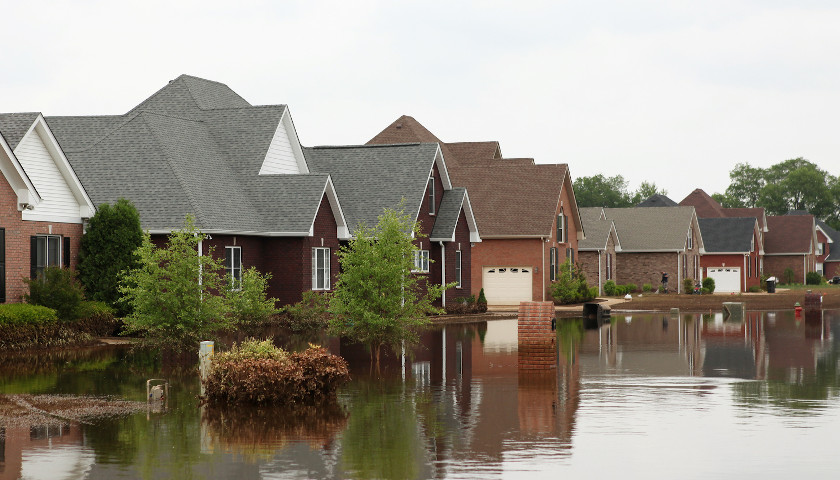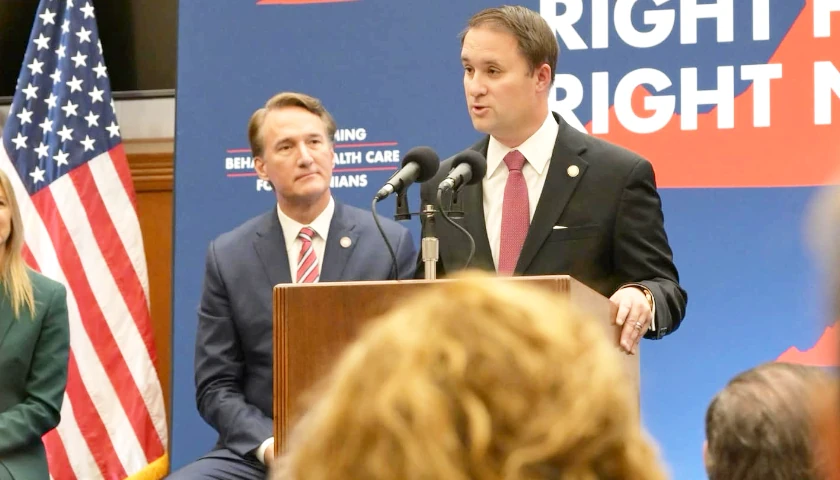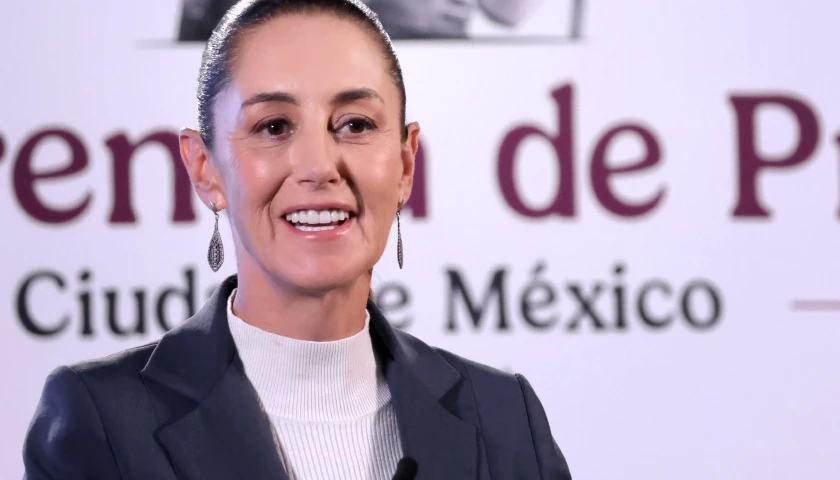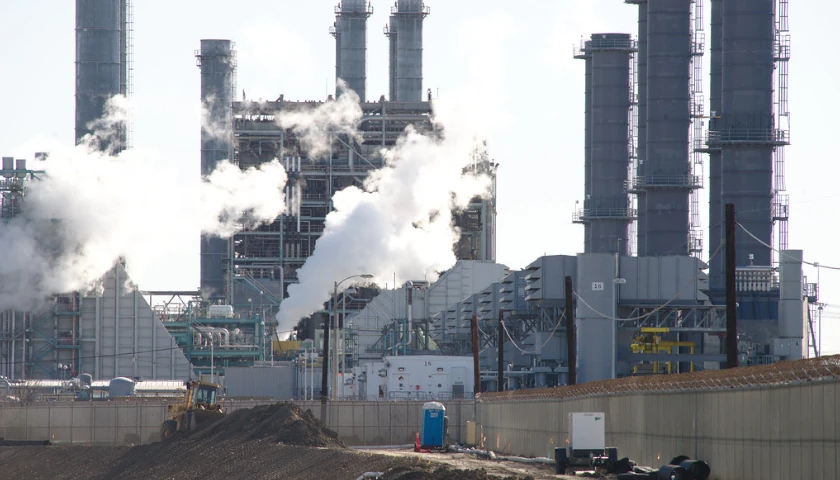Seventy-two percent of Tennesseans will end up paying more money in flood insurance prices starting October 1 when the Federal Emergency Management Agency (FEMA)’s new flood insurance rules begin.
This summer, FEMA rolled out its new rating methodology called “Risk Rating 2.0.” FEMA said this new methodology will deliver rates that are “actuarily sound, equitable, easier to understand and better reflect a property’s flood risk.”
FEMA estimates that 27,500 Tennesseans have a National Flood Insurance Program policy.
“Most of the people who are going to be paying more are going to be paying around $10 to $20 a month more,” Nick VinZant, a senior research analyst at Quote Wizard told WSMV.
Of the 72 percent of people who expect to pay more in insurance, 59 percent of people (16,316 policies) will see premium increases of $0-$10/month on average. Eight percent of people (7,581 policies) can expect premium increases of $10-20/month on average. Five percent of insurance holders (1,448 policies) should anticipate premium increases of $20 or more per month on average.
FEMA said 28 percent of Tennesseans will see their monthly premiums decrease.
Floods have hit the Volunteer State hard this year with three major floods happening in March, August, and September.
The senior analyst at Quote Wizard, which is an insurance comparison platform, said 77 percent of people nationwide who have flood insurance will see an increase in prices.
Vinzant told WSMV that FEMA is trying to make insurance prices more “equitable” nationwide so people in “high risks, high flooding areas” spend more due to the risks their particular house faces.
“It doesn’t matter if you don’t believe in climate change, your insurance company does,” VinZant told WSMV.
According to Vinzant, the policy update has to do with the “outdated maps” FEMA has used for flood insurance prices.
“As much as 50 years old, and so what they’re doing is essentially changing, from changing flood insurance from being based on where you live to being based on the specific risks that your house or property is facing,” VinZant told WSMV. “They’re doing that basically by looking at what are the flood history where you live and how much does it cost to replace your house.”
– – –
Zachery Schmidt is the Digital Editor of Star News Digital Media. Email tips to Zachery at [email protected]. Follow Zachery on Twitter @zacheryschmidt2.








